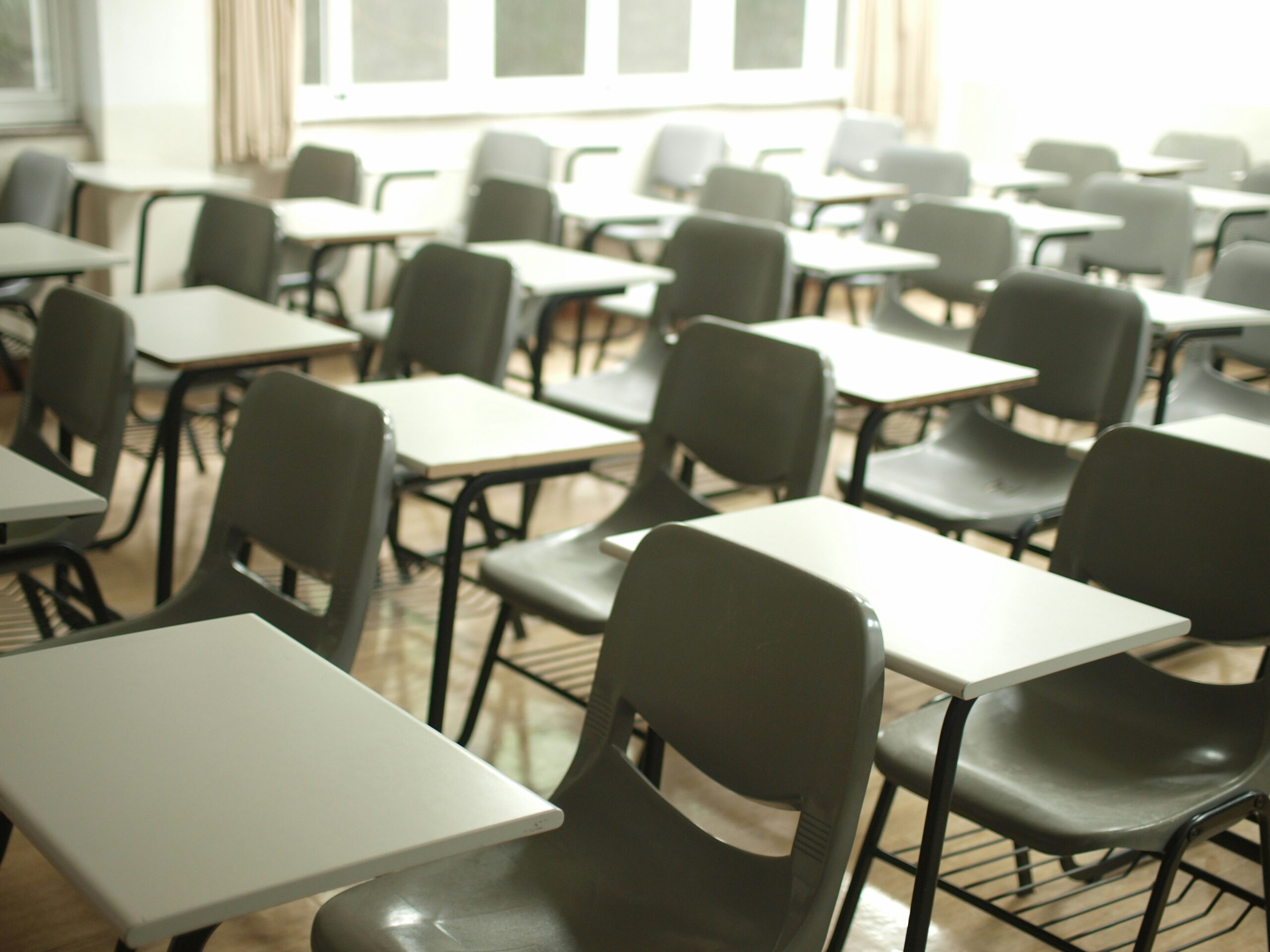Image credits: Unsplash
It has been almost exactly five years since the onset of the COVID-19 pandemic shut down schools across California. Yet, schools and their students continue to recover slowly despite increased funding from state and federal governments.
According to researchers at Harvard and Stanford, California students continue to underperform on standardized tests compared to pre-pandemic scores. Math scores are equivalent to being 31% of a grade level behind, while reading scores are 40% of a grade level behind.
What the average scores mask, however, is wider disparities in scores between schools serving affluent districts and schools serving low-income districts—a gap that Sean Reardon, faculty director of the Educational Opportunity Project at Stanford, has called “a pernicious inequality.”
The Deeper Impact of the Pandemic
Standardized scores also fail to capture the deeper impact that a year in isolation has had on California’s youth: their mental health, socialization, communication skills, study habits, and resilience. William C. Overfelt High serves 1,400 Hispanic and Vietnamese American students in East San Jose, mostly from low-income households.
Principal Vito Chiala shares this about the impact: “We tend to overlook the longer-term effects of the delay in socialization and self-discipline—things that schools nurtured in young people.”
Overfelt High’s teachers and staff focused primarily on school-related behavior, self-regulation, and communication skills during students’ first year back from virtual learning.
“Students who had spent over a year saying whatever they wanted on social media had to face people in person,” Chiala recalls, “and that was super-uncomfortable sometimes. Now it’s much more about endurance, being willing and able to do hard academic work for longer periods of time.”
Overfelt High isn’t alone in that experience. In 2021-22, 87% of public schools indicated that the pandemic had delayed students’ socioemotional development, with 56% reporting more frequent cases of classes disrupted by student misconduct, according to the National Center for Education Statistics (NCES).
Chronic Absenteeism
Meanwhile, chronic absenteeism (defined as missing 10% of school days or more) tripled in California from its pre-pandemic level of 12% (in the 2018-19 school year) to 30% in the 2021-22 school year. By 2023-24, the chronic absenteeism rate dropped to 20%, still well above the earlier 12%.
Just as with standardized test scores, the gap is wider for disadvantaged communities, with Black students, homeless students, and students in foster families seeing chronic absenteeism at roughly double the rate of white middle-class students.
While only 2% of schools serving the most affluent districts reported high or extreme levels of chronic absenteeism, 72% of schools at which over three-quarters of the student population come from low-income households reported frequent absences.
Heady Chang, founder of Attendance Works, suggests, “If you want to reduce chronic absence, you need to solve the root causes that result in kids not showing up to school in the first place. The barriers—poor transportation, homelessness, and food insecurity—are huge, and these issues are hard to solve.”
Students With (and Without) Computers
One thing that may have left many students behind during the COVID-19 pandemic was the lack of access to computers for virtual learning. In June 2020, three months after schools closed their classrooms, the state Department of Education estimated that 700,000 students lived in households without a home computer. This prompted California’s Bridge the Divide Fund, which tapped $18.4 million in philanthropic support to provide 45,000 Chromebooks and over 100,000 internet hot spots.
In fact, in the past three years, per-student spending by the state of California has grown by 50%, thanks to such initiatives and federal pandemic relief. However, if standardized test scores and absenteeism rates are any indication, California schools and their students still have a long recovery ahead.

Leave a Reply